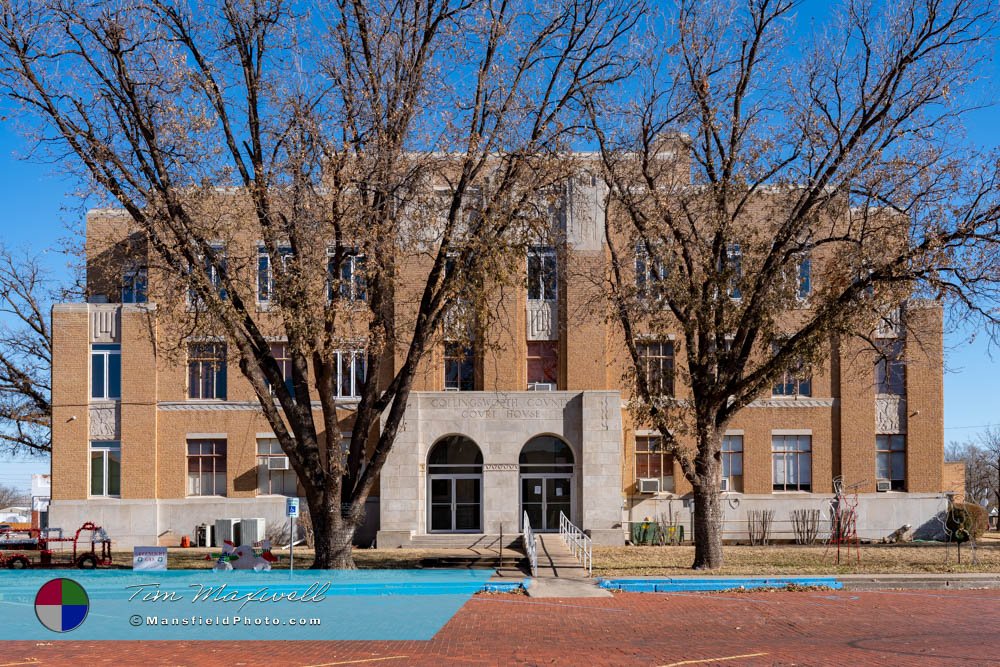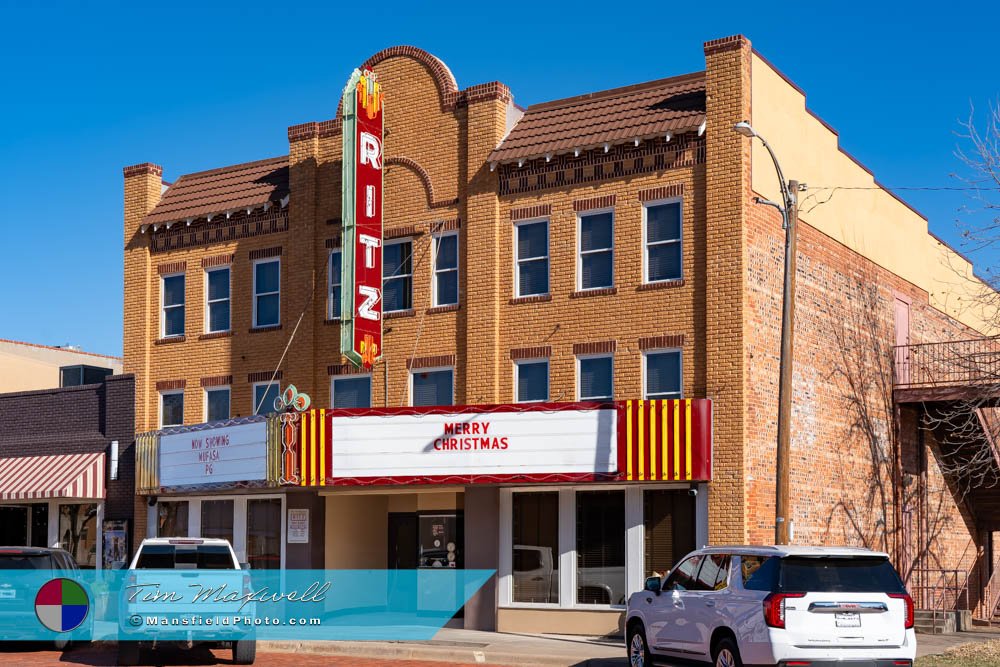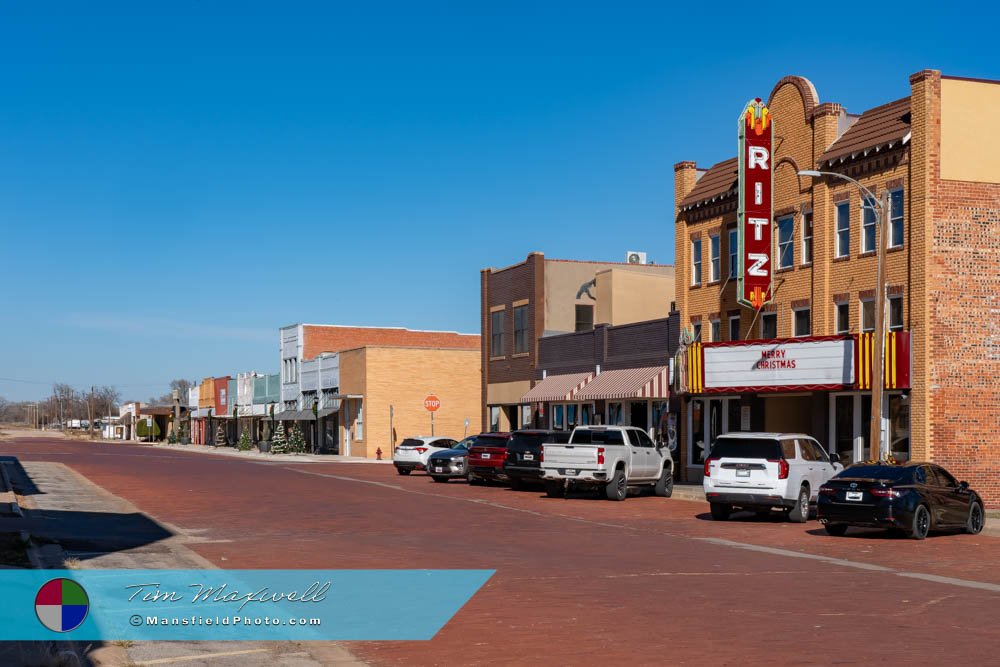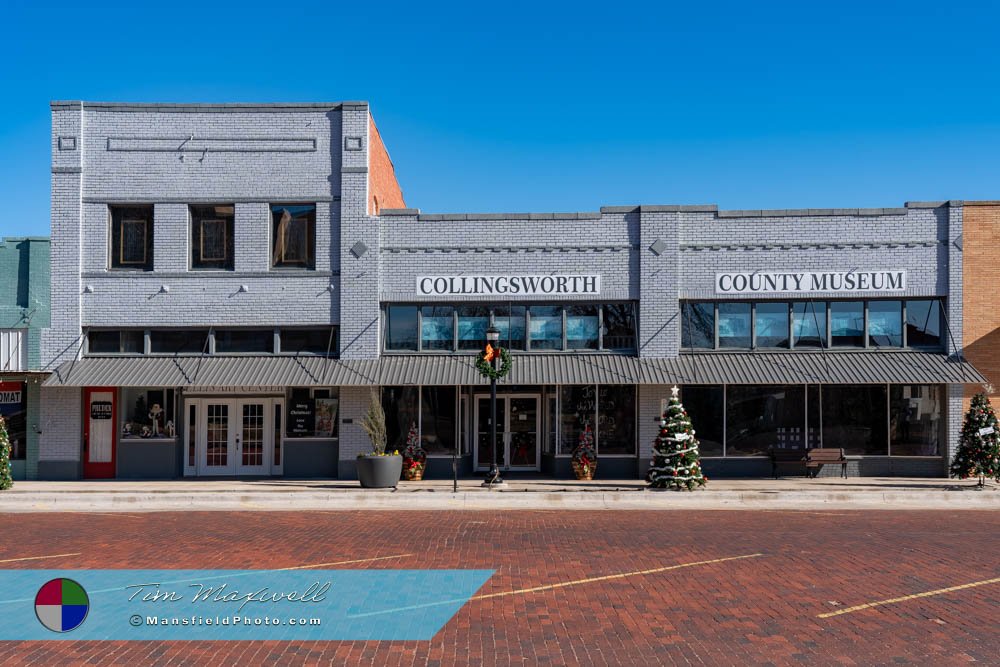Mansfield Photography
Wellington, Texas
– Timeless Tales and Brick Streets.
Wellington, Texas, located in the vast stretches of the Texas Panhandle, is a small town that holds stories of resilience, culture, and history. This community, located in Collingsworth County, carries a legacy far greater than its size might suggest. From its unique downtown to tales of infamous outlaws, this place offers a fascinating glimpse into Texas’s past and present.
Founding and Name
The town’s origins date back to 1890, when it was established as a center for the surrounding agricultural region. Named after the Duke of Wellington, the British hero of the Battle of Waterloo, the town’s name reflects a sense of strength and perseverance. The area quickly grew as settlers arrived to farm the fertile plains and build a community.
A Walk Through History
The town’s early years were defined by agriculture and ranching, industries that remain important today. It became the county seat when Collingsworth County was officially organized in 1891. The arrival of the railroad in the early 20th century brought growth and development, solidifying the town’s status as a hub for commerce and trade.
One of the most infamous chapters in the town’s history unfolded in 1933, capturing the attention of The New York Times.
Notorious outlaws Bonnie Parker and Clyde Barrow, along with Clyde’s brother, were involved in a dramatic series of events. Their crime spree led them to the area where they wrecked their car near the Prichard farm. After terrorizing the family and injuring their daughter, the outlaws kidnapped two local law enforcement officers. The officers were taken to a remote location near Erick, Oklahoma, where they were tied to a tree with barbed wire cut from a fence. Though the officers managed to free themselves and alert authorities, the fugitives had already disappeared, leaving behind a chilling tale that remains etched in local lore.
Notable Landmarks
The heart of the town lies in its picturesque downtown area, where brick-paved streets evoke a sense of nostalgia. Visitors can stroll through this charming district, taking in the historic architecture that serves as a reminder of a bygone era. The downtown area is not just a visual delight but also a place where community events and gatherings bring people together.
One of the standout landmarks is the Collingsworth County Courthouse. Built in 1931, this striking structure serves as a centerpiece for the community. Its architectural elegance and historical significance make it a must-see for anyone visiting the area.
Equally captivating is the Ritz Theatre, a beautifully restored venue that continues to host events and movies. Originally built in the 1920s, the theater’s neon marquee and vintage interior transport visitors to a time when entertainment was a communal experience. Today, it stands as a testament to the town’s commitment to preserving its heritage while embracing modernity.
Life Today
In the present day, the town retains its small-town charm while adapting to the needs of the 21st century. Agriculture continues to be a cornerstone of the local economy, with cotton and wheat fields stretching to the horizon. The community also values education and culture, as evidenced by local schools and museums that celebrate the area’s history.
Annual events bring residents and visitors together to celebrate traditions and foster a sense of unity. Whether it’s a county fair, parade, or local festival, these gatherings highlight the town’s vibrant spirit and enduring values.
Interesting Tidbits
Beyond the well-known landmarks and historical events, the town is filled with intriguing details. For example, it is one of the few places in Texas where visitors can experience brick-paved streets, a rare feature that adds to its unique character. Additionally, the proximity to Red River provides opportunities for outdoor recreation, from fishing to exploring scenic trails.
The legacy of Bonnie and Clyde’s escapade continues to intrigue history enthusiasts, drawing them to the area to learn more about the infamous duo’s connection to this corner of Texas.
Conclusion
This small town in the Panhandle might not be the first place that comes to mind when thinking of Texas history, but its stories, landmarks, and community make it unforgettable. From its early days as a farming settlement to its modern-day role as a cultural and historical hub, the town’s enduring appeal lies in its ability to honor the past while looking toward the future. Whether visiting the courthouse, catching a show at the Ritz Theatre, or walking along its charming downtown streets, one thing is certain: this town has a story worth telling.
📸 Interested in More Photos of This Town?








